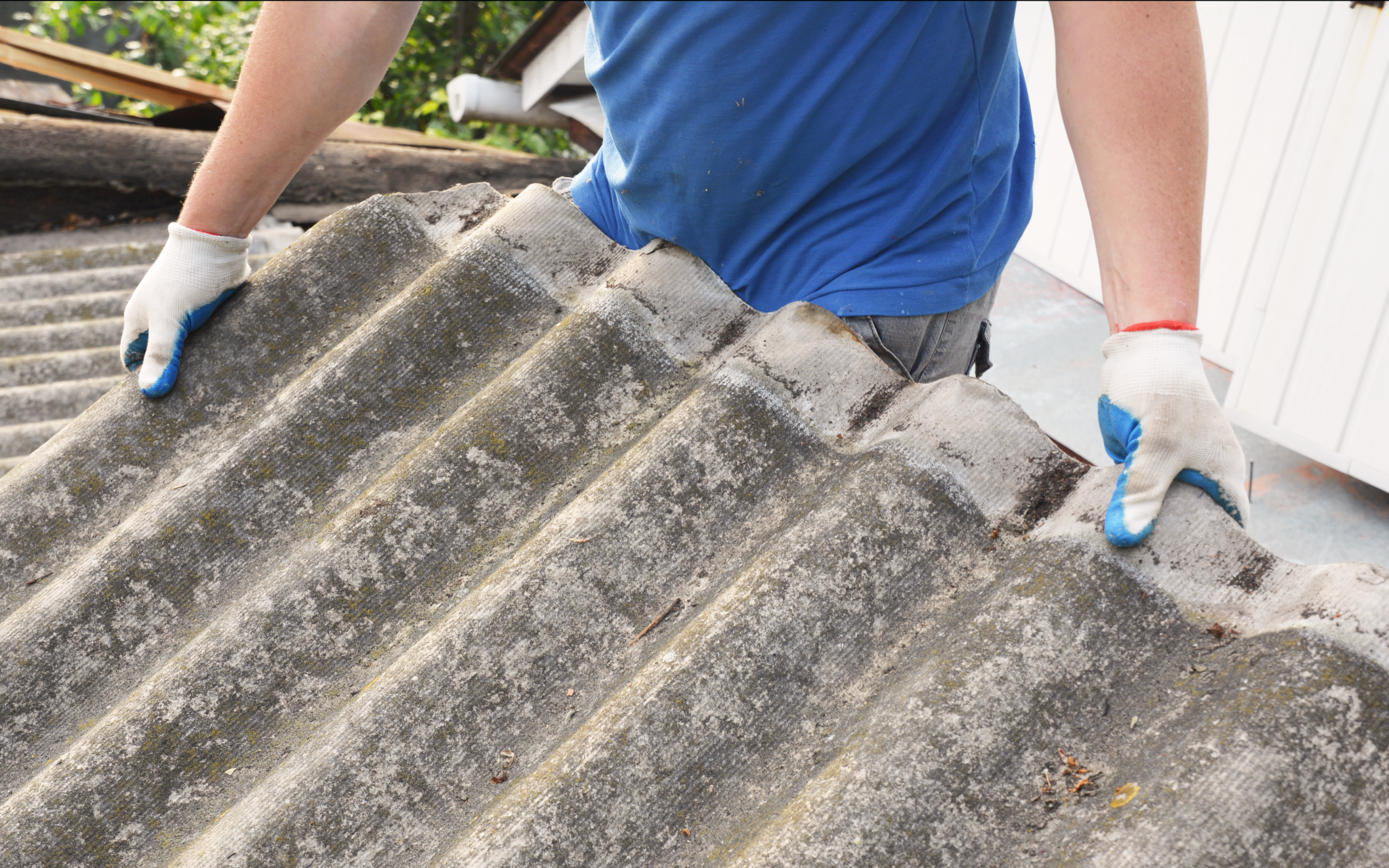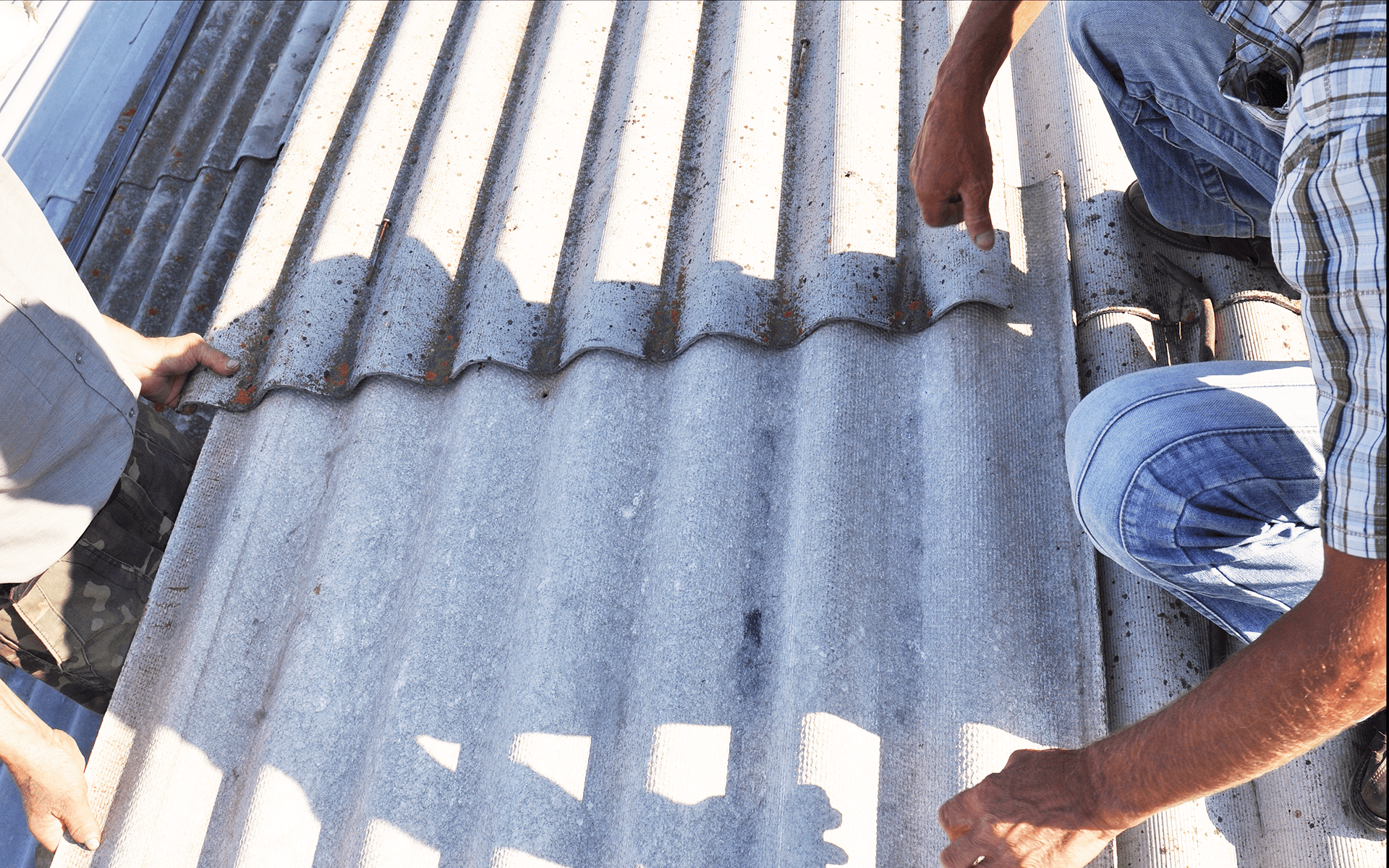What Is Asbestos Exposure and How Does It Happen?
Asbestos was mined, manufactured, and sold throughout the United States during the 1900s and early 2000s. Various forms of exposure affect different parts of the country, placing some people at greater risk of developing mesothelioma.

Where Did Asbestos Exposure Happen?
Asbestos is a group of minerals widely used for its versatility, including insulation and fireproofing. Construction, shipbuilding, and several other industries took advantage. During the 20th century, some experts believe nearly every American experienced asbestos exposure in some way.
While it usually takes multiple exposures to asbestos to develop health issues, coming into contact with any amount can be harmful especially when encountered airborne. It’s important to learn about where you could have been exposed and know your risks. People who work in occupations involving asbestos have a higher risk of developing mesothelioma.
Asbestos Exposure in the United States
Asbestos likely exists in structures built before 1980. Today, locations near asbestos mines, large asbestos manufacturers, and states that received large shipments of the material have the highest risk.
Asbestos Mining in Libby, Montana
Libby, Montana, and other places across the country mined asbestos. Companies mined asbestos in Libby for over 70 years. The small town in Montana contains toxic amounts of the mineral. According to the Environmental Protection Agency (EPA), Libby contains the highest concentrated levels of vermiculite and asbestos.
The whole population of up to 60,000 has come into contact with asbestos. Schools, homes, and community buildings contained asbestos for decades. So far, there have been over 2,400 cases of asbestos-related diseases in Libby.
Asbestos in the Workplace
The strength and insulation capabilities of asbestos once made the material a good fit for workplaces. It was commonly used as an industrial material in buildings for several decades. In 1970, the EPA declared asbestos a carcinogen, which reduced exposure in some industries. However, certain jobs like insulators and pipefitters still required constant hazardous contact.
Other jobs that may have come into contact with asbestos dust during the peak of its exposure:
- Auto mechanics
- Asbestos plant manufacturers
- Boiler workers
- Brick masons
- Carpenters
- Construction workers
- Demolition workers
- Drywall workers
- Electricians
- Factory workers
- Firefighters
- Industrial plant workers
- Insulators
- Machine operators
- Mill workers
- Military personnel and veterans
- Miners
- Painters
- Pipefitters
- Plumbers
- Power Plant workers
- Railroad workers
- Roofers
- Sailors
- Shipyard workers
- Steel mill workers
- Teachers
- Tile setters
Veterans who were diagnosed with mesothelioma may be eligible for VA compensation. To find out if you qualify, speak with a patient advocate today.

Environmental Exposure
Usually, asbestos is formed in underground deposits in mountainous regions. It’s not dangerous when undisturbed but can run off into groundwater and soil. Once exposed, asbestos fibers can become hazardous. Nearby air, vegetation, and water can contain asbestos fibers.
Secondary Exposure
Secondary and indirect exposure occurs when someone becomes exposed to asbestos through fibers attached to the clothes, skin, or hair of another person. Secondhand exposure can cause the same asbestos-related diseases as first-hand exposure. Many women develop mesothelioma as a result of secondary exposure.
9/11: The World Trade Center Attack in New York
We’ll never forget the tragedy our country experienced on September 11, 2001. On that day, nearly 3,000 people lost their lives. The City of New York has since rebuilt from the damage. However, many people are still suffering today from damage caused by the attacks on 9/11.
When the World Trade Center crumbled to the ground, a large plume of dust covered the city and exposed millions of people. The dust was made up of over 900,000 tons of asbestos, mercury, lead, and other toxic materials built into the World Trade Center. People who lived or worked near Ground Zero that day are still being diagnosed with mesothelioma.
Where Asbestos is Found in the Military
Nearly a third of all mesothelioma patients are veterans who came into contact with asbestos during their service. The United States military relied on asbestos to insulate military barracks, vehicles, aircraft, and ships. Asbestos is durable and lightweight, making it the perfect material for military installations at the time. Asbestos was used in a majority of military buildings, and can still be found in military shipyards:
- Air ducts
- Around boilers
- Ceiling tiles
- Cement roofs
- Gutters and pipes
- Loose-fill insulation
- Panels in fire doors
- Partition walls
- Sprayed ceilings, walls, columns, and beams
- Water tanks
For decades, thousands of veterans were exposed to toxic amounts of asbestos. From the 1930s until the late 1970s, military property heavily contained the toxin and exposed servicemembers to varying levels of asbestos dust. The military began cutting back its use after regulation started in the 1970s.
Health Risks of Exposure to Asbestos
Today, the dangers of asbestos exposure are well known. The carcinogen can cause serious or fatal illnesses. Once asbestos fibers are inhaled or ingested, they cannot be removed. Over time, the fibers can cause healthy cells to turn cancerous. It can take up to 60 years for symptoms to show after exposure to asbestos.
Veterans with mesothelioma can take action without affecting their benefits.

Asbestos-related diseases kill up to 15,000 U.S. citizens each year. Signs of an asbestos-related illness can include difficulty breathing, chest pain, and a combination of other cancer symptoms. Asbestos exposure can lead to the development of several cancerous and noncancerous diseases, including:
- Asbestosis
- Atelectasis
- Diffuse Pleural Thickening
- Laryngeal Cancer
- Lung Cancer
- Mesothelioma
- Ovarian Cancer
- Pleural Effusion
- Pleural Plaques
- Pleurisy
If you were exposed to asbestos, it’s important to visit your medical provider. Your doctor will collect a detailed history of your exposure and perform a physical exam. Further testing may be done to start the diagnostic process.
Preventing further harm to the respiratory system may lower the chances of developing or progressing an existing disease. Extra preventative care can be beneficial in detecting health problems and improving life expectancy. Start by taking the following steps:
- Avoid further asbestos exposure.
- Get regular vaccinations against flu and pneumococcal pneumonia.
- Receive regular medical exams.
- Quit smoking.
Getting Help for an Asbestos-Related Disease
Treatment options are available to patients with asbestos-related illnesses. While there is no cure for mesothelioma, advancing treatments can improve a patient’s prognosis and quality of life. Your doctor can create a well-rounded treatment plan that suits your individual illness.
Additionally, monetary resources are available to victims of asbestos exposure. Compensation can pay for treatment or loss of income. Learn more about mesothelioma lawsuits, and how you can start the legal process.


